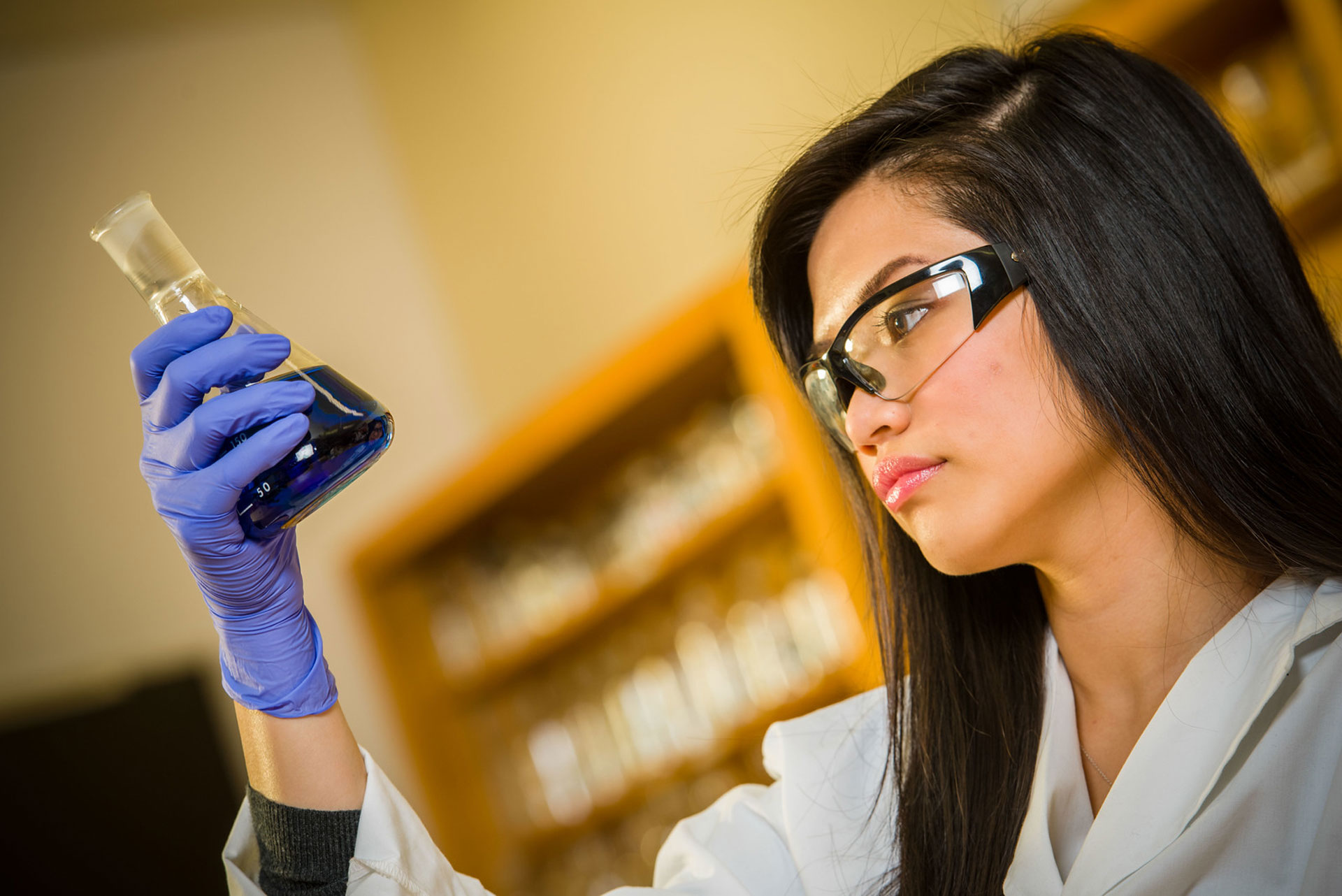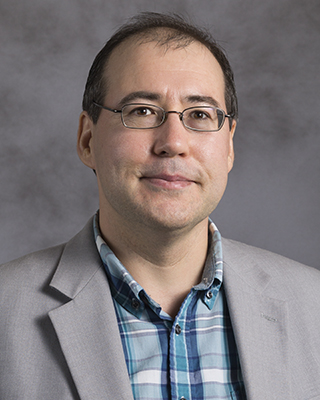UHCL prof's research helps understand drug solubility, efficacy
May 15, 2018 | UHCL Staff

What makes a prescription or over-the-counter drug work best? One of the key factors
in a drug’s efficacy is its solubility, says Arcadius V. Krivoshein, assistant professor
of chemistry at University of Houston-Clear Lake. In a recent article published in
the journal Chirality (2017, vol. 29, pp. 623-633), Krivoshein and collaborators presented
some new research results that would help scientists predict how quickly drug molecules
will dissolve and enter the bloodstream.
“Imagine you’re taking Ibuprofen for pain,” Krivoshein said. “You assume it will dissolve
quickly and take immediate effect because you have pain now. But the problem is, if
the drug does not enter the bloodstream quickly, it will not have any effect.”
Another consideration is that some drugs, as with people suffering from epilepsy,
must be taken over a lifetime and remain effective. “I believe the answer is in finding
out how the molecules are connected to each other in a solid state,” he said. “With
Ibuprofen, molecules can be connected in many ways. One might dissolve more quickly
than another. The question when trying to synthesize new molecules is, will this be
soluble or not?”
 Krivoshein explained that he has researched a theory that will allow scientists to
predict how well molecules will dissolve, starting from how the molecules are connected
to each other in crystals and try to connect their structure with their properties
– such as solubility.
Krivoshein explained that he has researched a theory that will allow scientists to
predict how well molecules will dissolve, starting from how the molecules are connected
to each other in crystals and try to connect their structure with their properties
– such as solubility.
“People with epilepsy might have to take medication for decades, and the problem with
solubility is profound,” he said. “Many times, a person can feel a seizure coming
and quickly take the pill. If it doesn’t dissolve, they’ll have the seizure. If you
have to take it more than once a day, you might forget or it might not work anymore.”
All these problems with solubility, said Krivoshein, are connected to the structure
of the molecules. “I’m trying to develop an approach to find out the efficacy of the
drug based on its structure so you don’t waste time synthesizing hundreds of compounds
which might not be soluble,” he said. “This problem represents a major bottleneck
in the development of new drugs.”
Krivoshein said this structural approach to antiepileptic drugs is novel and the results
so far are promising. “The end goal is to be able to predict if a compound is worth
going through the process of synthesizing,” he said. “If it is, then it is probably
highly soluble.”
New drugs developed by pharmaceutical companies can cost in the billions of dollars
to develop. “That’s one reason why prescription drugs are so expensive,” he said.
“It costs a lot to synthesize thousands of drugs, only to find the majority don’t
work due to their lack of solubility. This process could reduce the cost of drug development
and accelerate the entire process.”
For more information about UHCL's chemistry program, visit www.uhcl.edu/science-engineering/departments/physical-applied-sciences/chemistry/.
About the Author:
Recent entries by
October 18 2022
Better technology transforms campus safety: Police Chief demonstrates SafeZone to students
October 14 2022
Student's skill with drones takes chicken turtle research to new heights
October 11 2022
Planting event to help UHCL restore native plants to campus, support environmental sustainability








 Krivoshein explained that he has researched a theory that will allow scientists to
predict how well molecules will dissolve, starting from how the molecules are connected
to each other in crystals and try to connect their structure with their properties
– such as solubility.
Krivoshein explained that he has researched a theory that will allow scientists to
predict how well molecules will dissolve, starting from how the molecules are connected
to each other in crystals and try to connect their structure with their properties
– such as solubility.